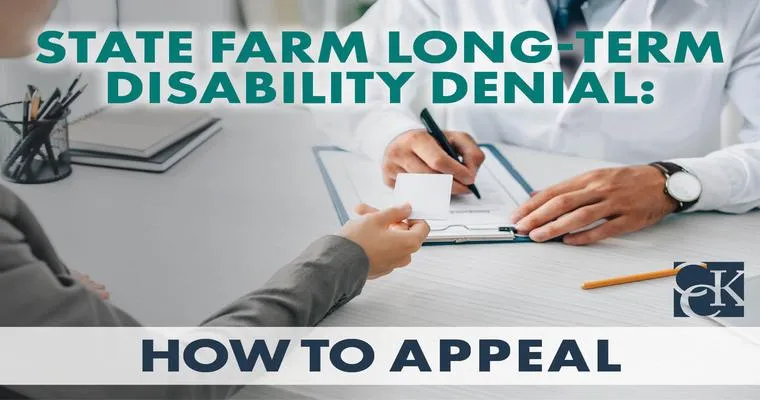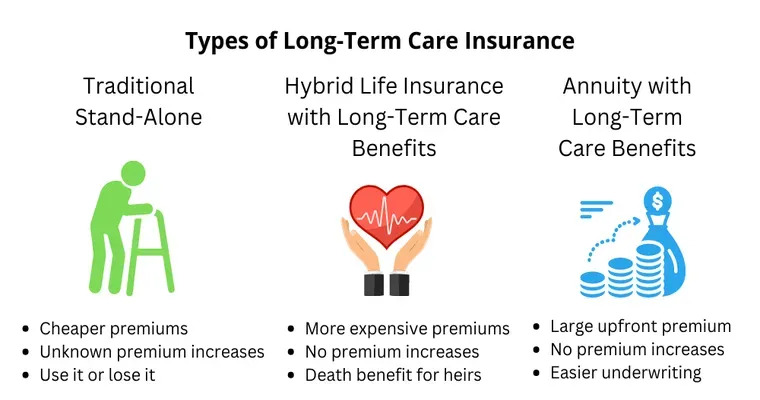Navigating the world of "long-term care insurance" can be overwhelming, especially when it comes to understanding how to effectively "use a policy" and "file a claim". Many individuals purchase long-term care insurance with the intention of securing financial support for future health-related needs. However, knowing how to activate your benefits and ensure a smooth claims process is crucial for maximizing the value of your investment. In this article, we will discuss the steps involved in utilizing your long-term care insurance policy and provide guidance on filing a claim.
Understanding Your Long-Term Care Insurance Policy
Before you can use your long-term care insurance, it is essential to familiarize yourself with the specifics of your policy. Each policy can vary significantly in terms of coverage, benefits, and eligibility criteria. Here are some key components to review:
1. "Coverage Types": Long-term care insurance generally covers services such as in-home care, assisted living facilities, and nursing home care. Check what types of care your policy includes.
2. "Benefit Amounts": Policies will specify a daily or monthly benefit amount. Understanding this will help you budget for potential care costs.
3. "Elimination Period": This is the waiting period before your benefits kick in. Knowing how long this period is will allow you to plan accordingly.
4. "Policy Limits": Most policies have a maximum benefit period. Be aware of how long you can receive benefits and any limits on total payout.
How to Use Your Policy
When the time comes to use your long-term care insurance policy, follow these steps to ensure you are properly covered:
1. "Assess Your Needs": Determine the type of care you require. This could be in-home care, assisted living, or nursing home services.
2. "Choose a Care Provider": Select a facility or service provider that meets your needs and is compatible with your insurance policy. Ensure they accept your long-term care insurance.
3. "Notify Your Insurer": Before receiving care, contact your insurance company to inform them about your situation. They can provide guidance on the next steps and clarify what documentation you will need.
Filing a Claim
Filing a claim for your long-term care insurance can seem daunting, but it is a straightforward process if you follow these steps:
1. "Gather Necessary Documentation": Collect all required documents, which typically include:
Your policy number and details
A statement from your care provider outlining services rendered
Medical records that support your need for care
Any other relevant paperwork as specified by your insurer
2. "Complete the Claim Form": Obtain the claim form from your insurance provider, which can often be found on their website. Fill it out thoroughly, ensuring that all information is accurate.
3. "Submit Your Claim": Send your completed claim form and supporting documents to your insurance company. It is advisable to keep copies of everything for your records.
4. "Follow Up": After submitting your claim, keep in touch with your insurer to check on its status. Be prepared to provide additional information if requested.
5. "Receive Benefits": Once approved, you will start receiving benefits according to your policy terms. Ensure that you understand how payments will be made, whether directly to you or to the care provider.
Conclusion
Understanding how to use your "long-term care insurance" policy and navigate the "claims process" is vital for ensuring you receive the support you need during challenging times. By familiarizing yourself with your policy details and following the outlined steps, you can take control of your long-term care planning. Remember, taking proactive steps now can lead to a smoother experience when you need care the most.





